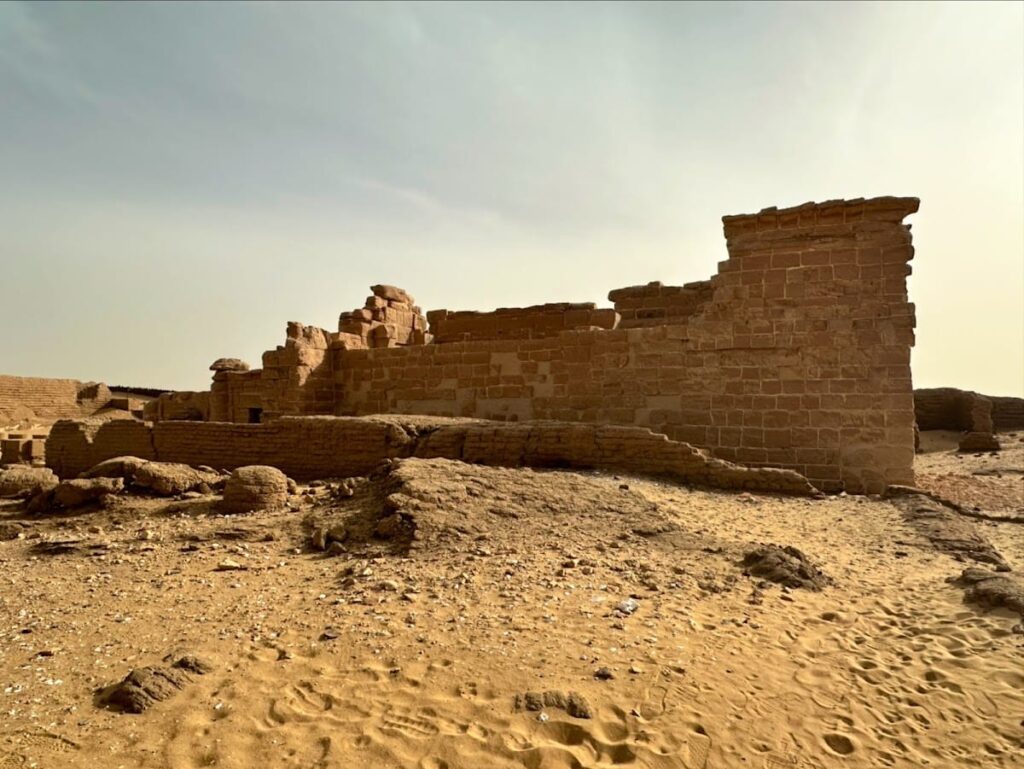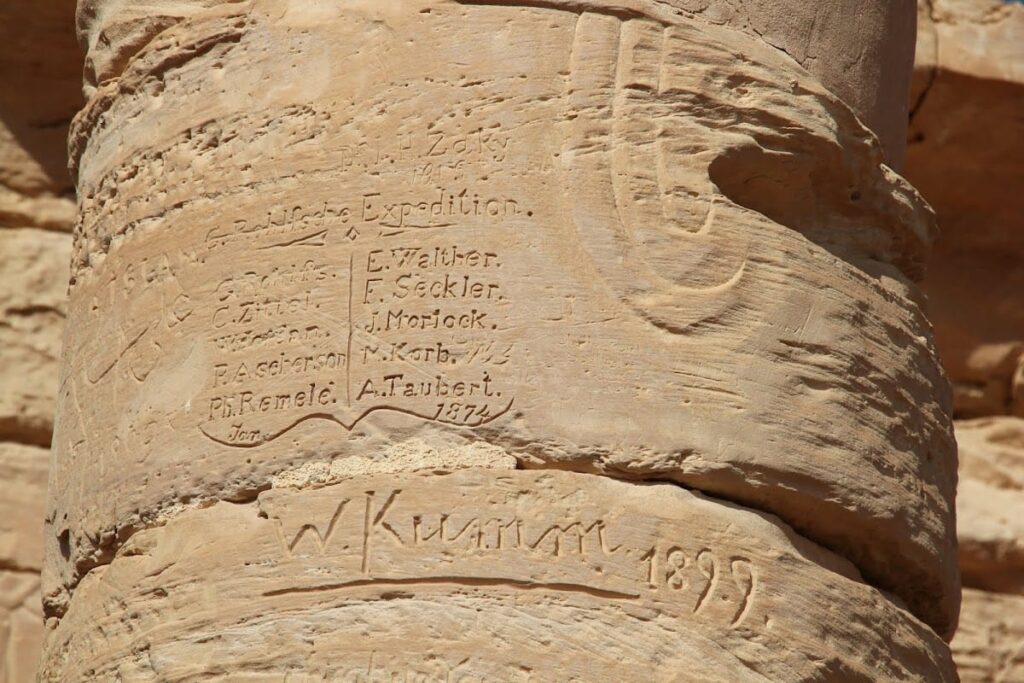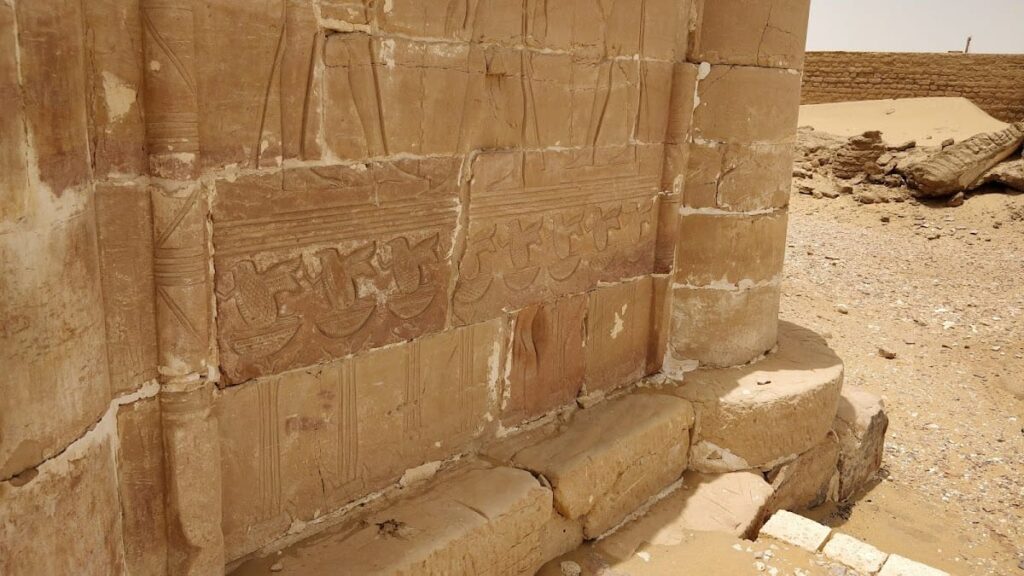Deir El-Hagar Temple: A Roman-Era Sanctuary in Egypt’s Dakhla Oasis
Visitor Information
Google Rating: 4.7
Popularity: Very Low
Google Maps: View on Google Maps
Country: Egypt
Civilization: Byzantine, Roman
Remains: Religious
History
Deir El-Hagar Temple is situated on the western edge of the Dakhla Oasis in Egypt’s New Valley Governorate, about 10 kilometers from the Dakhla Palace and 47 kilometers from the regional capital, Mut. This small sandstone temple was built during the Roman period, reflecting the presence and influence of Roman authority in Egypt’s desert oases.
Construction began under Emperor Nero, who ruled from 54 to 68 AD. The temple’s decoration continued under his successors Vespasian, Titus, and Domitian, whose royal cartouches appear on the walls. The temple was dedicated to the Theban Triad—Amun-Ra, Mut, and Khonsu—alongside the local god Set. This combination of deities suggests an effort to promote agricultural development and irrigation in the oasis, encouraging settlement in the area.
The temple remained in use or at least respected into late antiquity, as evidenced by inscriptions dating to the 3rd century AD. After a long period of abandonment, the temple was likely damaged by an earthquake, as reported by 19th-century excavators. Over time, the temple became buried beneath sand dunes and was later known by its Arabic name, Deir El-Hagar, meaning “Monastery of Stone,” reflecting its sandstone construction and later use as a Coptic monastery.
European explorers documented the site from the early 19th century. Archibald Edmonstone described it in 1822, followed by J.G. Wilkinson’s plan in 1825. In 1874, the Rohlfs expedition, led by Philipp Remelé, conducted excavations and took photographs, noting the temple’s ruined state. Further archaeological work was carried out in the 20th century, including excavations by Ahmed Fakhry in the 1960s and restoration efforts in the 1990s by the Dakhla Oasis Project and the Egyptian Supreme Council of Antiquities.
Remains
The temple complex covers a modest area, measuring approximately 7.3 by 16.2 meters, making it one of Egypt’s smallest temples. Despite its size, it retains all the key architectural elements typical of Egyptian temples. The entire structure is built from sandstone, which inspired its later Arabic name, Deir El-Hagar, or “Monastery of Stone.” The temple sits within a larger mudbrick enclosure wall about 40 by 80 meters, parts of which still show traces of painted plaster.
The main entrance to the enclosure is on the eastern side, with a secondary gate on the southern side. The temple’s western gate façade is well preserved and decorated with reliefs. Among these is a colored depiction of Emperor Titus offering sacrifices to the gods Khnum and Set. Another relief shows the Greco-Egyptian deity Serapis accompanied by a ram and a baboon, highlighting the blend of religious traditions.
Inside, the sanctuary walls feature astronomical reliefs, and the lower sections of the walls are blackened. The floor is covered with a hard, peat-like layer, which may be residue from an unknown liquid used in rituals. Excavations uncovered two columns with remnants of acacia wood and fragments of their capitals. A boat support base was also found during restoration work in 1993. Some roof stones were supported in place, though two were broken and removed during the 1874 excavations.
The temple was originally isolated, likely positioned at the center of a small community. It appears to have been used mainly for ceremonial celebrations rather than daily worship. Surrounding the temple are ruins of ancillary buildings, Roman-era mudbrick villages, and irrigation works, indicating a broader settlement and agricultural context. The courtyard walls and columns bear numerous Greek inscriptions and graffiti left by 19th-century travelers, recording early modern visits and the sand levels at that time.




